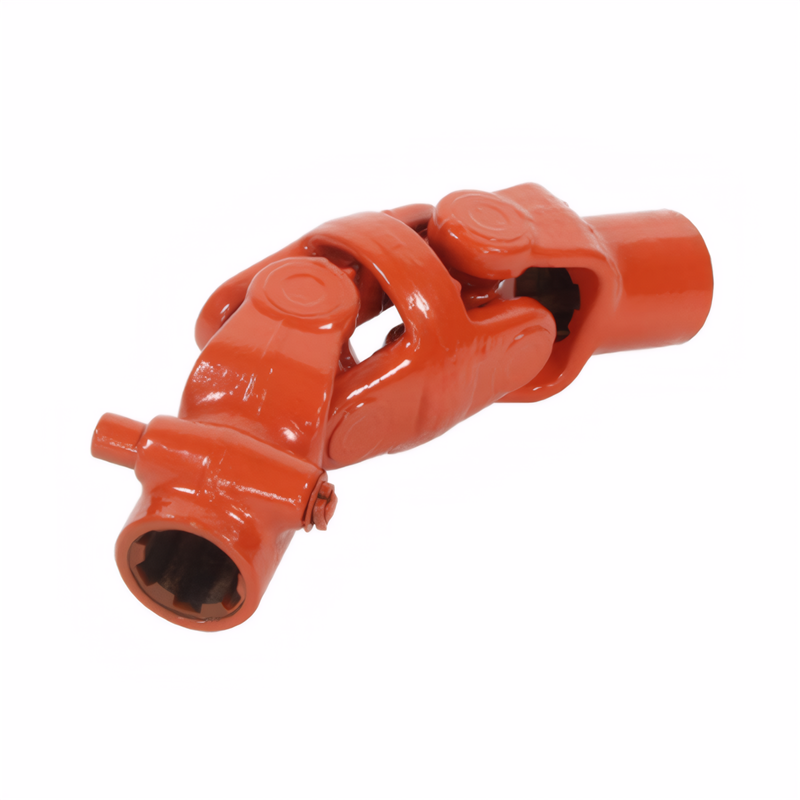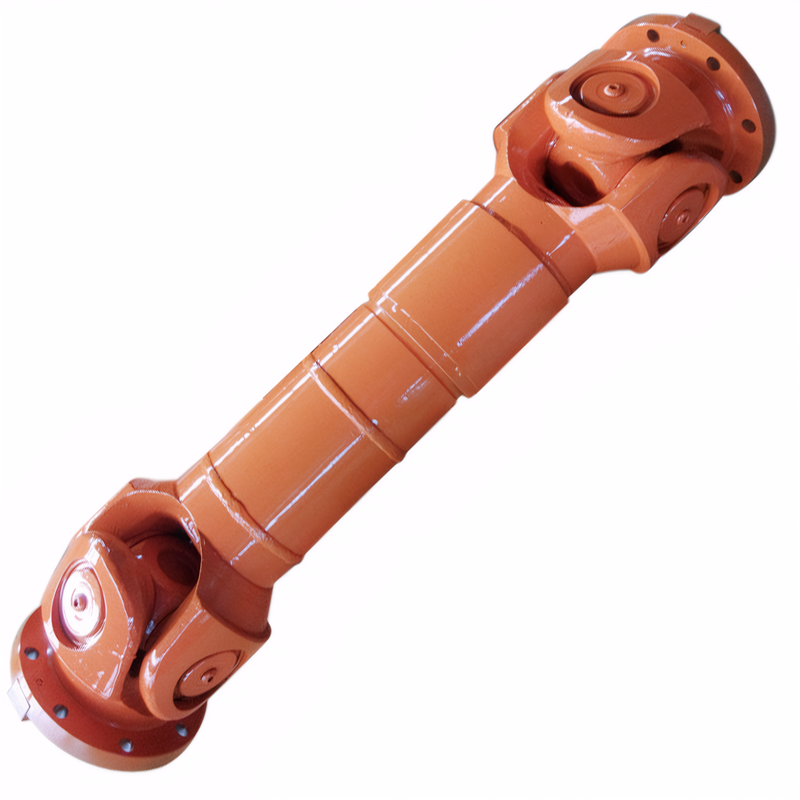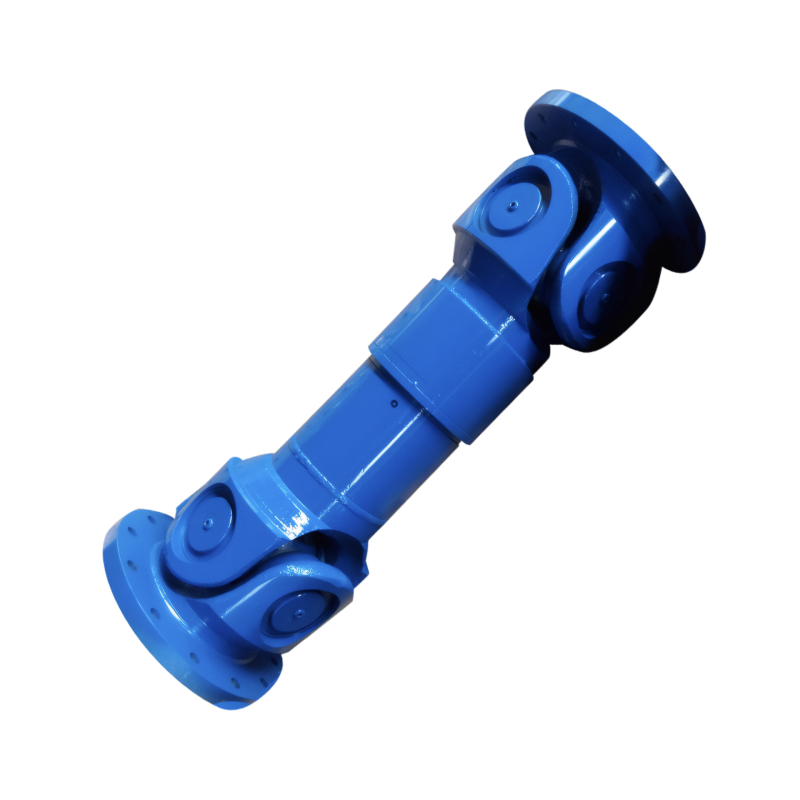The changes of drive shafts in new energy vehicles
Evolution of Drive Shafts in New Energy Vehicles: Technological Innovations and Market Dynamics
The transition to new energy vehicles (NEVs) has fundamentally altered the design and performance requirements of drive shafts, the critical components responsible for transmitting torque from the powertrain to the wheels. Unlike traditional internal combustion engine vehicles, NEVs demand drive shafts that accommodate higher torque densities, electric motor characteristics, and integration with electrified drivetrains. This shift is driving rapid advancements in materials science, manufacturing processes, and system-level optimization.
High-Torque and Lightweight Design Requirements
Torque Capacity and Structural Reinforcement
Electric motors in NEVs generate instantaneous torque, often exceeding 3,000 N·m in high-performance models. This necessitates drive shafts with enhanced torsional stiffness and fatigue resistance. Traditional steel drive shafts are being supplemented or replaced by advanced materials such as carbon fiber-reinforced polymers (CFRP) and high-strength aluminum alloys. These materials offer a strength-to-weight ratio up to five times higher than steel, enabling thinner cross-sections without compromising durability. For instance, CFRP drive shafts used in premium electric vehicles reduce weight by 50-65% compared to steel equivalents while maintaining identical torque transmission capabilities.
Dynamic Load Management
NEVs frequently operate under variable torque conditions due to regenerative braking and electric motor control strategies. This requires drive shafts to withstand bidirectional torque loads and rapid fluctuations. Manufacturers are adopting hollow-tube designs with optimized wall thickness distributions to balance weight reduction and torsional rigidity. Computational simulations show that hollow shafts with 10-15mm wall thickness can achieve 95% of the torsional strength of solid shafts while reducing mass by 30-40%.
Integration with Electrified Drivetrains
Motor-Shaft Direct Coupling
The elimination of traditional gearboxes in many NEVs has led to the adoption of motor-shaft direct coupling systems. This architecture requires drive shafts to function as both torque transmitters and structural supports for electric motors. To address this, manufacturers are developing integrated solutions where the motor rotor is directly mounted on the drive shaft, reducing assembly complexity and improving power transmission efficiency. This design also enables shorter overall drivetrain lengths, contributing to better packaging and vehicle dynamics.
Thermal Management Integration
High-power electric motors generate significant heat, necessitating drive shafts with integrated thermal management capabilities. Some designs incorporate cooling channels within the shaft structure to circulate heat transfer fluids, maintaining optimal operating temperatures. Additionally, thermal barrier coatings are being applied to shaft surfaces to minimize heat conduction to connected components, such as wheel hubs and differential gears.
Advanced Manufacturing Techniques
Precision Forging and Machining
The production of high-performance NEV drive shafts relies on precision forging processes that achieve near-net shape components with minimal material waste. Multi-stage forging techniques, combined with computer numerical control (CNC) machining, enable the creation of complex geometries with tight tolerances (<0.05mm). This level of precision is crucial for ensuring proper fitment with electric motors and differential units, reducing NVH (Noise, Vibration, Harshness) issues.
Additive Manufacturing Exploration
While still in the experimental phase, additive manufacturing (AM) is being investigated for producing customized drive shaft components. AM allows for the creation of internal lattice structures that reduce weight while maintaining structural integrity. Early prototypes demonstrate potential weight savings of 20-30% compared to conventionally manufactured parts, though challenges remain in achieving the required surface finish and fatigue resistance for high-volume production.
Market Trends and Industry Adaptations
Shift Toward Specialized Suppliers
The unique requirements of NEV drive shafts have spurred the emergence of specialized suppliers focusing on electrified drivetrain components. These companies are investing heavily in R&D to develop proprietary materials and manufacturing processes tailored to electric vehicle applications. The market for NEV-specific drive shafts is projected to grow at a CAGR of 12-15% through 2030, outpacing the overall automotive drivetrain components sector.
Global Supply Chain Reconfiguration
The localization of NEV production in key markets, such as China, Europe, and North America, is reshaping the drive shaft supply chain. Suppliers are establishing regional manufacturing hubs to reduce logistics costs and improve responsiveness to customer demands. This trend is particularly evident in China, where domestic manufacturers now hold over 60% of the NEV drive shaft market share, driven by government incentives and the rapid expansion of electric vehicle production.
Future Development Directions
Smart Drive Shaft Systems
The integration of sensors and IoT connectivity is emerging as a key development area. Smart drive shafts equipped with strain gauges and temperature sensors can provide real-time data on component health, enabling predictive maintenance and reducing downtime. Some prototypes also incorporate wireless communication modules to transmit performance metrics to vehicle control units, facilitating adaptive drivetrain calibration.
Sustainable Material Strategies
As the automotive industry prioritizes circular economy principles, drive shaft manufacturers are exploring recyclable materials and closed-loop production processes. Bio-based resins for CFRP components and recycled aluminum alloys are being tested for their mechanical properties and cost-effectiveness. Additionally, modular drive shaft designs that allow for easy disassembly and component reuse are gaining traction among eco-conscious automakers.
The evolution of drive shafts in new energy vehicles represents a convergence of material innovation, manufacturing precision, and systems integration. As NEV adoption continues to accelerate, drive shaft technology will play a pivotal role in enabling higher efficiency, longer range, and enhanced driving dynamics, solidifying their status as a critical enabler of the electric mobility revolution.
 The advantages of segmented dr
The advantages of segmented dr
 Characteristics of the front-e
Characteristics of the front-e
 The installation method of the
The installation method of the
 The principle of the shock abs
The principle of the shock abs

